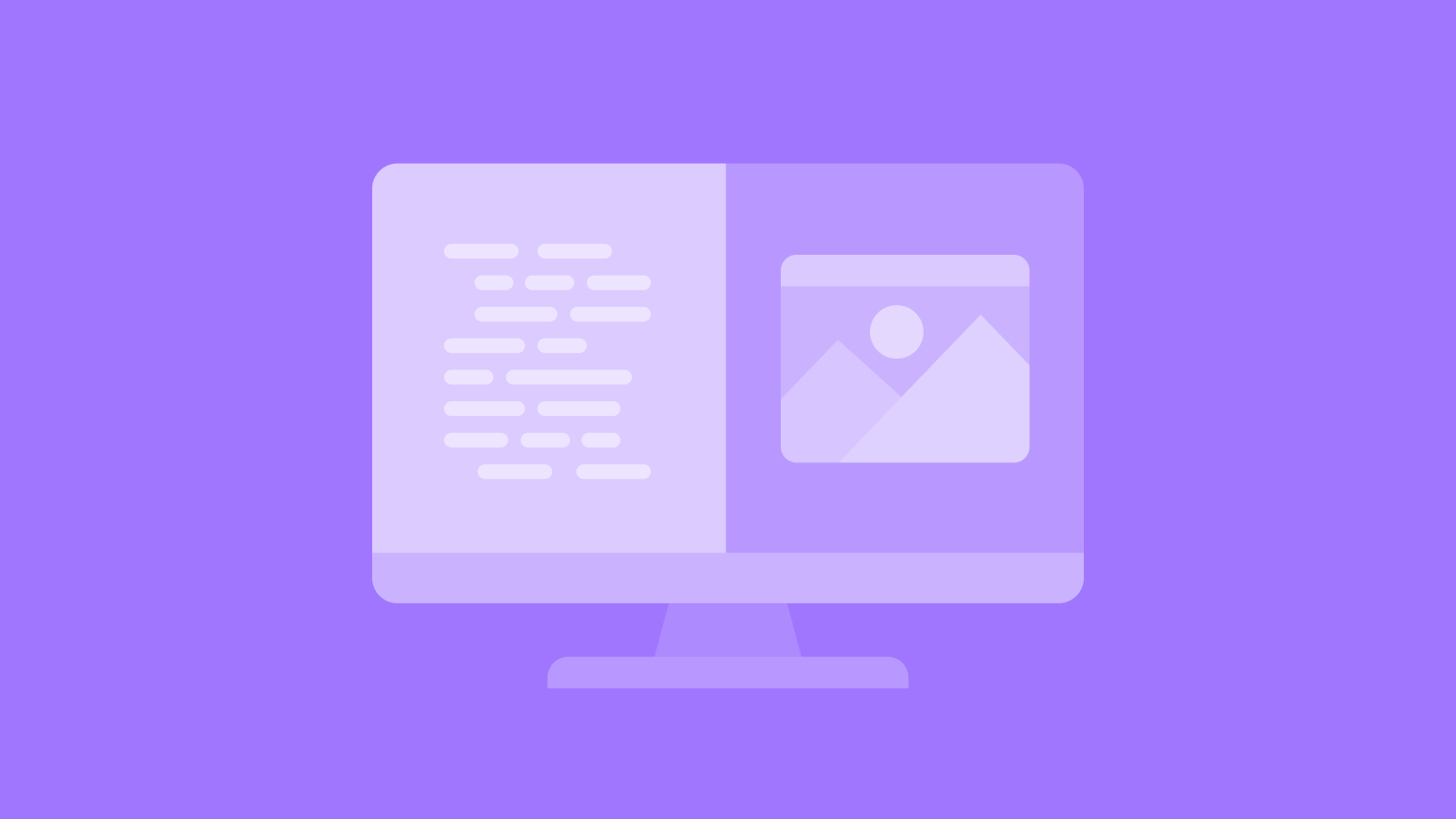Application modernization is a key element in an enterprise’s overall digital transformation strategy. A study by IBM found that modernizing existing applications and infrastructure is a top digital transformation goal for over 40% of IT decision makers.
We sat down with our Migrations Lead, Ben Wilson, to compile a list of key factors to consider before diving head first into your modernization project. He’s led our teams through modernization projects of all sizes and complexities, and helped a multitude of companies upgrade their business critical web apps.
Every company’s modernization project is unique, therefore no checklist can be fully comprehensive. However, these are some common factors to help you get started.
Let’s dive in!
1. Create a compelling business case
The key to a successful modernization is to choose technology, tools and decisions that are in line with your business strategy and goals. Consider the reasons for modernizing an app, who it will benefit and how, as well as what kind of opportunities it could open up.
Common business drivers that make legacy application modernization attractive include, but are not limited to, the following:
- Evolving customer behaviors and preferences
- Increased competitive pressure
- New regulatory and compliance standards (accessibility)
- Decline in business performance, and
- Growth opportunities in new markets
In addition, conduct a cost analysis for the modernization project and determine your available budget. Take a look at the costs of maintaining your legacy application versus the cost of modernizing. Oftentimes you’ll find that in the long-run it is much more cost-effective to modernize due to the sky-high maintenance costs of legacy apps.
Modernizing doesn’t have to mean throwing out your organization’s entire IT infrastructure. To save time and resources, approach the process in small steps and focus first on the high-priority apps that are critical to your business.
 Image by Christina via unsplash.com
Image by Christina via unsplash.com
2. Assess the scope of modernization
Just as there are several compelling business drivers for modernization, take time to consider the reasons from a technological perspective to assess the scope of the modernization required.
In other words, will you modernize…
- only the UI or also the backend and tests for your app, or
- all of the modules or a select few that are used the most, or
- all of the the read-only (non-transactional) items first.
The level of invasiveness depends on how much of the accumulated technical debt you want to solve at once. It can feel overwhelming, but breaking it down and revisiting your business and budget goals will help set priorities. There are several different approaches to modernization, depending on their level of invasiveness.
For example, you may want to tackle the modernization of your app in a number of waves. The first might involve restructuring the app and getting rid of unnecessary code that is no longer in use. During the next wave, you could focus on usability concerns by improving its accessibility, so that a wide range of end users benefit from a better user experience.
3. Consider your appetite for risk
Re-engineering a legacy application can be a daunting task – and for good reason. These apps are often at the core of the smooth running of the most important business processes. Unexpected errors that interfere with the app’s proper functioning can quickly rack up unwanted costs.
To mitigate risks it is necessary to conduct a thorough risk assessment of each modernization option and find an approach that causes the least obstruction to day-to-day operations. Common pitfalls include not having the appropriate infrastructure, which can delay the releases, or exceeding budget availability and having to abandon the modernization project.
If developers have to spend a copious amount of time learning the ins and out of a new framework, it can slow down the entire modernization process. Mitigate risks by choosing a platform or framework that doesn’t require as much training and is easier to use. For example, Vaadin has been praised for its simplicity as an optimal platform for modernizing Java apps.
.jpg?width=5760&name=From_up2%20(1).jpg)
4. What is the state of your source code?
This may sound like rather an obvious consideration, but you’d be surprised by the number of businesses that don’t know where their source code is located.
Locating the code is one step, the next is to assess its value. Is it up to date? Is it in a state that’s useful to migrate? Should you take care of any technical debt before doing the migration? You may also want to consider whether to use your current source code as the basis for your modernized app, or if you prefer to start from a clean slate.
5. Think about your end users
With all the factors and impacts of modernization, end users sometimes get lost in the mix. After all, they will be the ones who use your app to complete their daily tasks at work.
A well-designed app that is intuitive and simple to use is guaranteed to improve the overall user experience. You don’t want to build something that is more complicated than the original legacy app, as this will only create frustration and friction between business processes and the users.
Users often resist change. Have a communication and onboarding plan in place, especially if drastic changes were made to the user interface and other key functionalities of the app.
Modernizing your app’s UX is a worthy investment if done correctly. Forrester found that every dollar invested in UX returns 100 dollars. How you might wonder? It’s simple. When employees enjoy the software they work with on a daily basis, it boosts their engagement and productivity. For your company, this can translate into increased loyalty, greater efficiency, and more bang for your buck.
6. Consider partnering up
It can be difficult to keep up with all the latest developments in web technologies, rising digital solutions, and new delivery processes. So, how can you make sure you’re getting the most out of your modernization efforts and future-proof your app?
We recommend partnering with a vendor that is well versed in migrating applications. They will have the experience and knowledge to know exactly what to look out for in the entire process and can help crystallize the optimal path for the requirements of your app.
Final thoughts
Are you looking to modernize your Java enterprise application? At Vaadin, we have over 20 years of experience in helping other organisations – large and small – in modernizing their business-critical web applications. Our team of experts is here to help you find the best path and outcome. Bring your app to the future with Vaadin!